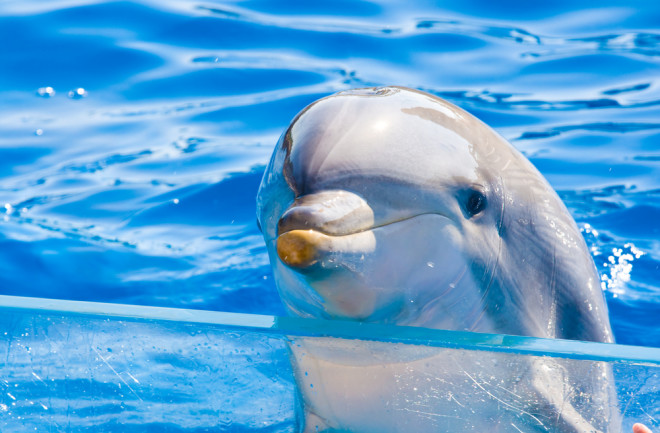In April 1970, Ric O’Barry visited a dolphin named Kathy at the Miami Seaquarium, where she was languishing in “retirement” after three years as the title character on the television show Flipper. O’Barry, who had captured her from the wild and trained her to perform, remembers thinking that she seemed depressed. She was all alone in a concrete tank — not a good thing for a highly social animal like a dolphin. He claims the former cetacean starlet swam into his arms, sank to the bottom of the tank and refused to resurface, drowning herself.
This is a tantalizing anecdote — tragic, moving, and evocative of the plight of dolphins and other highly intelligent animals in captivity. As O’Barry tells it, the event motivated him to pursue a life of activism. He has devoted his career to advocating on behalf of marine mammals, most famously in the 2009 documentary The Cove, which exposed the annual slaughter of some 2,000 dolphins in Taiji, Japan.
But is it true? Are non-human animals actually capable of purposely ending their own lives?

